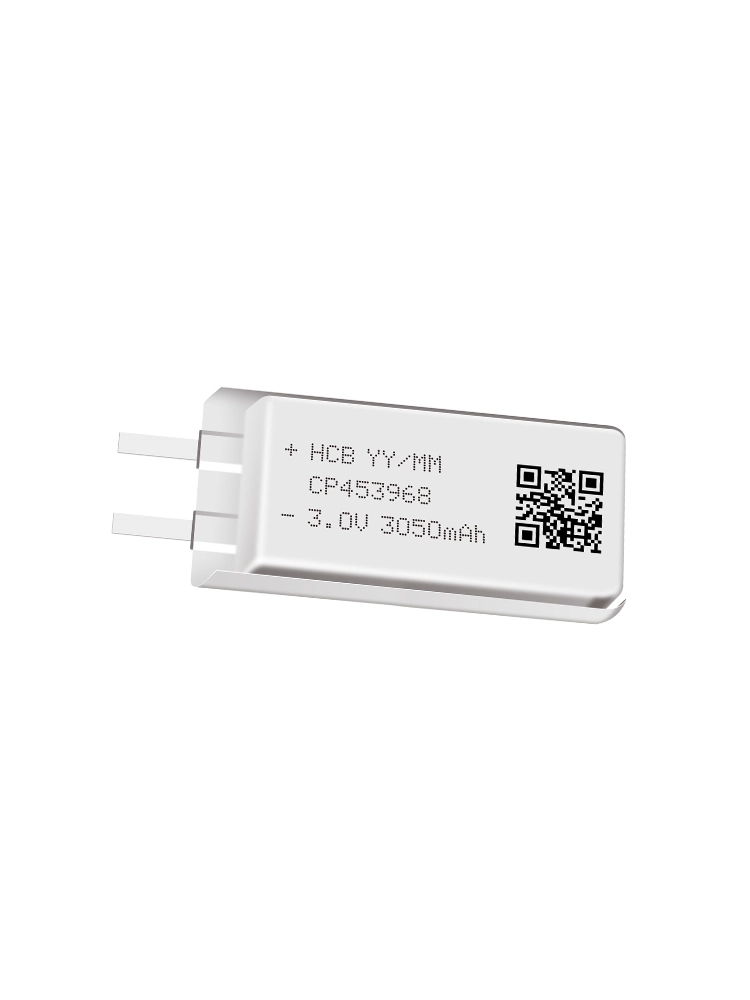From emerging application areas such as smart homes, wearable devices, and building automation, battery-powered wireless applications are one of the fastest growing segments in the Internet of Things (IoT). This trend is driven by the need to eliminate all wire harness connections, which often limit their adoption for connectivity and power. For example, remote sensing for agriculture and industry, smart cities, and wearables would not be viable without the flexibility and usability provided by battery power, as wired or wall-mounted power would limit their adoption. This means they must be powered by a primary lithium battery.
The life of a primary lithium battery in IoT devices can be determined through simple calculations: the battery capacity divided by the average discharge rate. Reducing the amount of energy used by the device or increasing the battery capacity will both increase the battery's life and lower the overall cost of the product.
Primary lithium batteries are usually a critical component of IoT sensor systems and the engineer's range of options is limited. However, by employing a plethora of processors, communication technologies, and software algorithms, the system can be designed to reach the desired life span.
The choice of communication technology depends on the system requirements. IoT systems powered by primary lithium batteries often require the use of radio frequency (RF) links. As far as wireless communication is concerned, larger ranges or faster data transfer rates usually require more energy consumption, so choosing the lowest power communication technology that meets these requirements is often the wise choice.
There are several mainstream technologies available for IoT sensors, such as LoRa technology which can build low-power, wide-area networks (WAN) covering several miles, whereas low-power Bluetooth (BLE) technology can only communicate over short distances, but with significantly reduced energy consumption. Another decision to be made is whether to use on-chip devices or opt for separate chips for communication.
The management of the communication interface is critical because even low-power communication technology can quickly drain the battery, and the processing requirements are usually higher than at the RF stage.
To maximize the capacity of the communication battery, many IoT systems only wake up the communication circuit when enough data has been accumulated to justify transmission.
Sensors can have a significant impact on the life of the battery in IoT systems. For example, resistance temperature detectors and thermistors can change their resistance with temperature. Simple applications with low accuracy can use a voltage divider, but high-precision systems require a current source, which requires more power.



